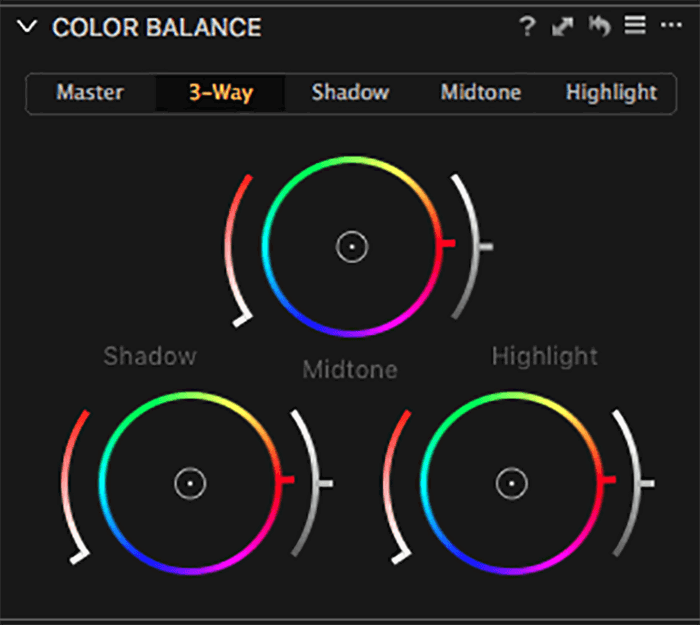
This might seem a revelation to you, but I have a tape now that wont play in 5 VCRs (only shows a blue screen), but one I did get to play, and was able to remove all white lines 100 and reduce noise dramatically. First of all, all these noises you talk about are in fact, extremely easy to fix. When you turn back ON, scroll down to see if Personal Hotspot is visible. Hello, Im one of those technical people from Avisynth I can probably help. Now, head over to Settings General Cellular and turn ON/OFF data again. You might have to wait a while before the signal picks up and the network is established. Highlight one file and press F2 on your keyboard to rename it and add the ‘.jpg’ extension at the end.Īfter renaming the file and adding ‘.jpg’ at the end of it, you should be able to double-click the file to open it in Windows Photos or your preferred image viewer. Remove the SIM tray Reboot the iPhone Insert the SIM tray.Navigate to the directory where you pasted the files.Copy the selected files to your desktop or another folder on your PC.Select one or two of the files with the larger file sizes (typically higher than 400KB.).The files are JPEG images with unique names. Now, we just need to make sense out of this mess of data that you just found. Make sure the Size column is enabled to help you identify the correct images.

#Capture one pro 12 spot remove spot how to#
Here’s how to identify the right wallpaper files. These are typically the images with the largest file sizes.
#Capture one pro 12 spot remove spot Pc#
If you’re planning to use any of the Windows Spotlight images on your desktop PC or laptop, you’ll want the desktop-sized versions of these images. These files are your Windows Spotlight lock screen images, listed in a variety of sizes and formats. In File Explorer, navigate to: This PC > C: > Users > AppData > Local > Packages > _cw5n1h2txyewy > LocalState > Assets.Īt this point, you should see an Assets folder with a whole bunch of files without any file extensions.Click Apply to save the change, then click OK to close the Folder Options window.In the Advanced Settings list, click the button labeled Show hidden files, folders, and drives.In the Folder Options window that appears, select the View tab.Find and click Options on the far right of File Explorer’s ribbon toolbar (you may need to adjust the size of File Explorer to see it).




 0 kommentar(er)
0 kommentar(er)
